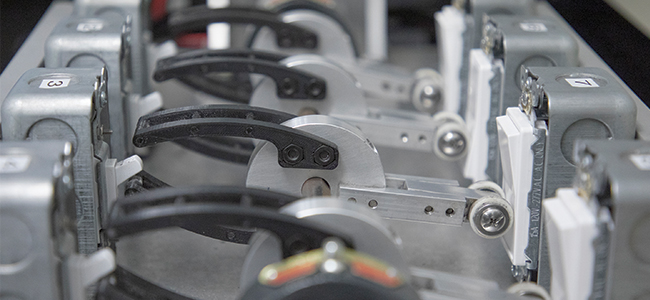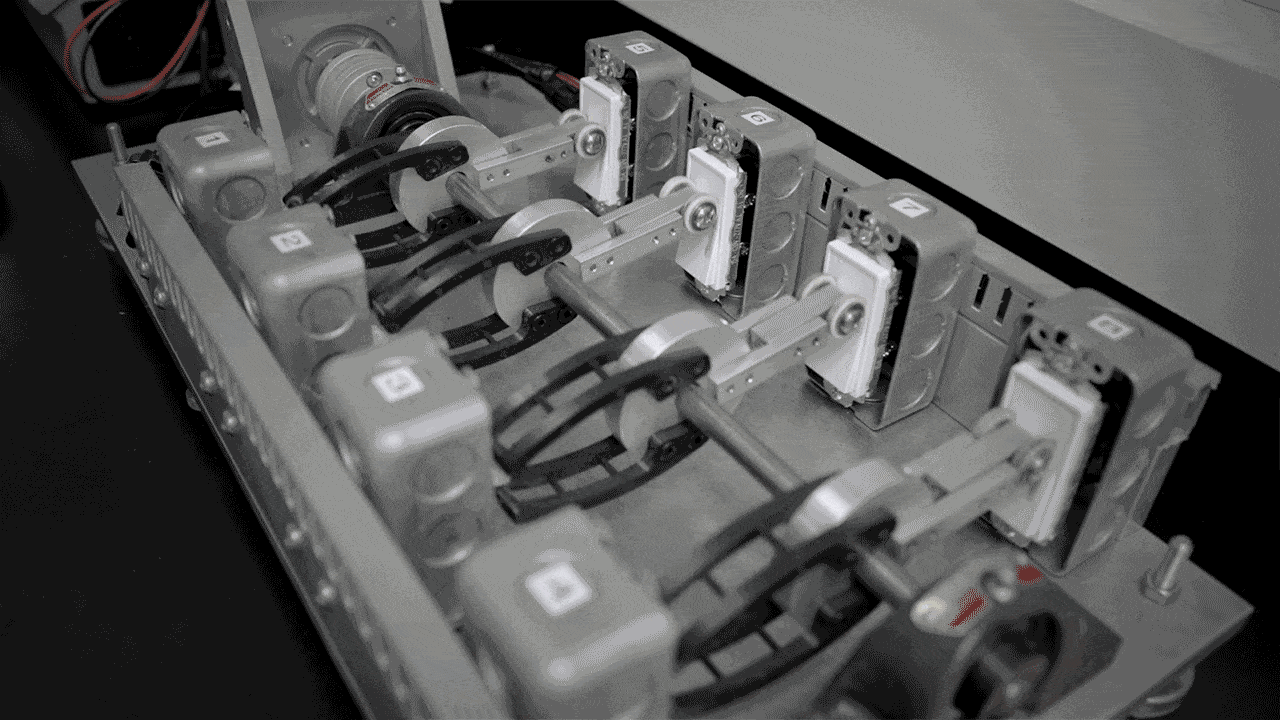Validating Lubricants for Switch Applications
What is one of the first things you do in the morning? Perhaps you check your phone. But afterwards you might turn on the light to your room and get ready for your day. Flipping a switch is part of our everyday routine that we don’t realize we rely on until the switch stops working. Engineers must, therefore, design for reliability over the lifetime of a switch. Commercial switches face their own set of engineering challenges such as high temperatures, large currents and short circuits.
Selecting the Right Lubricant
Lubricants are often used on commercial switch applications to prevent switch contact wear that occurs during regular operation. Wear debris creates two problems. First, it can inhibit current flow when the contact is closed, potentially causing a voltage drop. Second, when the contact is open wear debris can cause open circuit resistance problems.
The right switch grease must meet similar demands as other sliding surfaces: excellent film strength, appropriate low and high temperature fluid range, and stay-in-place capability. If a lubricant with the wrong temperature characteristics is chosen, the lubricant can degrade when the switch experiences high temperatures due to arcing and create wear debris.
Nye offers several greases for switch applications. Nye engineers recently developed a custom light switch apparatus to provide more application-specific data on our existing greases and help develop new greases for switch applications.
Design
The accelerated light switch apparatus can test eight switches at a time with four single-pole switches on one side of the apparatus and four rocker switch panels on the other side. The two sets of switches are separated by a shaft that runs down the middle of the apparatus enabling one set of switches to be turned on while the other side is off. This apparatus is currently capable of running two types of tests; duration and hot-switching. At the beginning of each test the apparatus is set to a specific voltage, current and number of cycles. For the duration test we are interested in monitoring the trend of contact resistance versus time. To accomplish this, current and voltage values are recorded only after each switch is fully closed, to avoid the effects or arcing, and voltage and current are recorded every 100 cycles. For the hot-switching test, current and voltage are constantly monitored at a rate of 40 Hz, allowing us to see the resistance change when arcing occurs as a switch is closed.
Current, Voltage, and Resistance
Using this apparatus, Nye engineers will gather extensive data on how variations in current effects resistance values and wear on switch contacts over the lifetime of a switch. This apparatus will allow us to:
- Provide data on a lubricant’s ability to reduce resistance and prevent wear debris
- Measure the effects of arcing on unlubricated contacts
- Provide data on a lubricant’s ability to withstand high arcing temperatures
Selecting the proper grease for a specific switch application can be challenging. Very subtle differences in grease formulations, which are sometimes counter-intuitive, can result in dramatic performance improvements. Click here for a list of our recommended switch lubricants.



